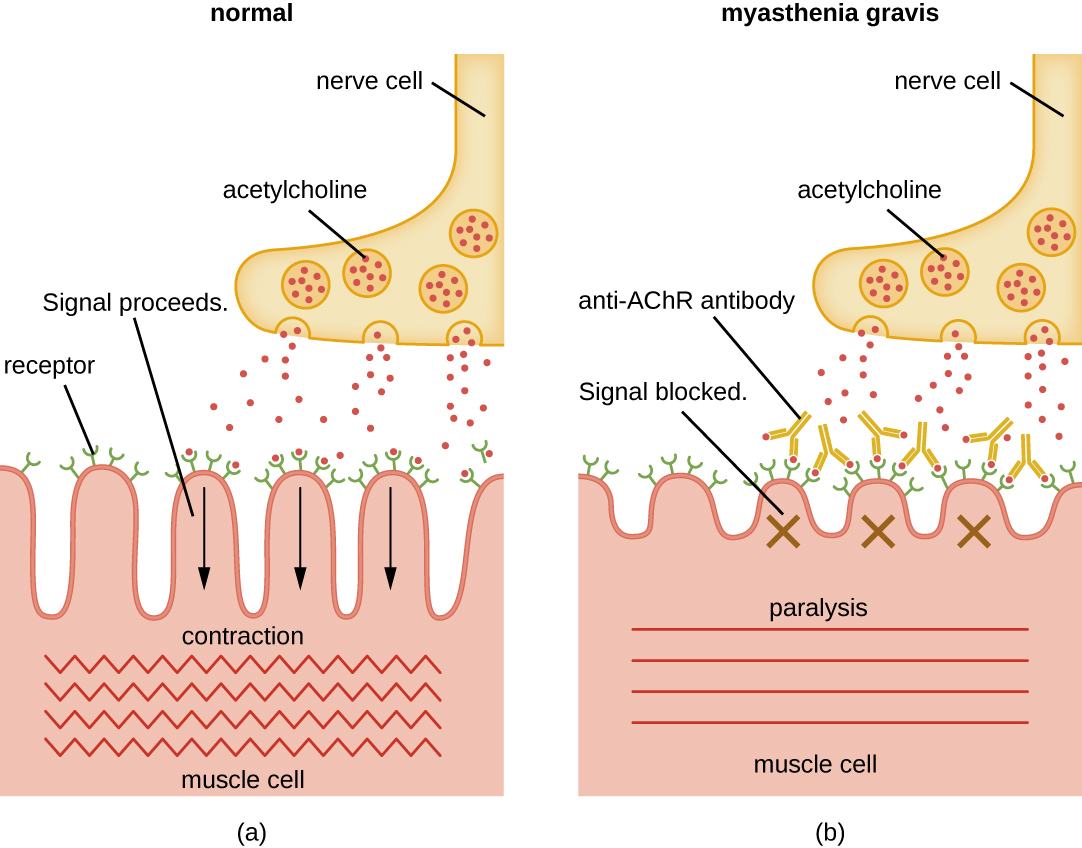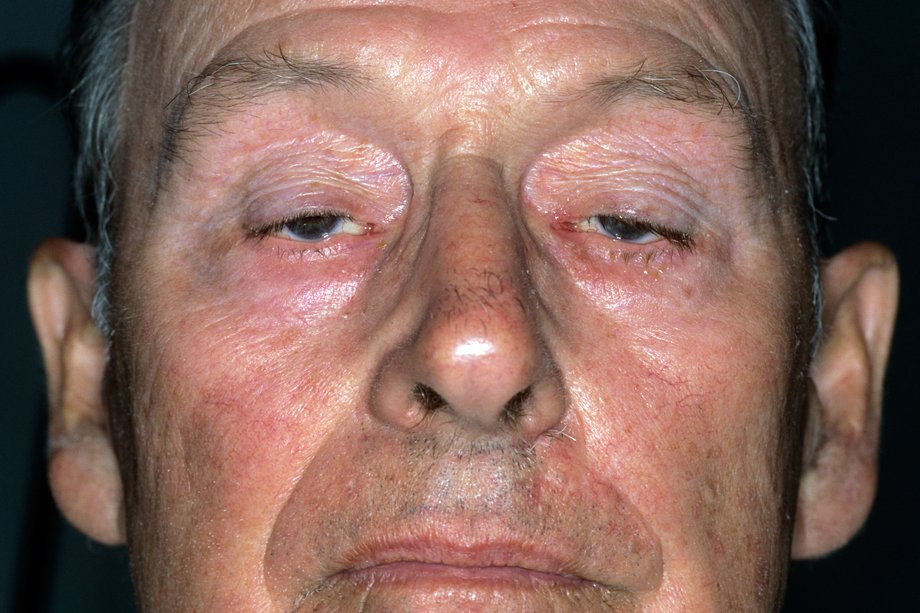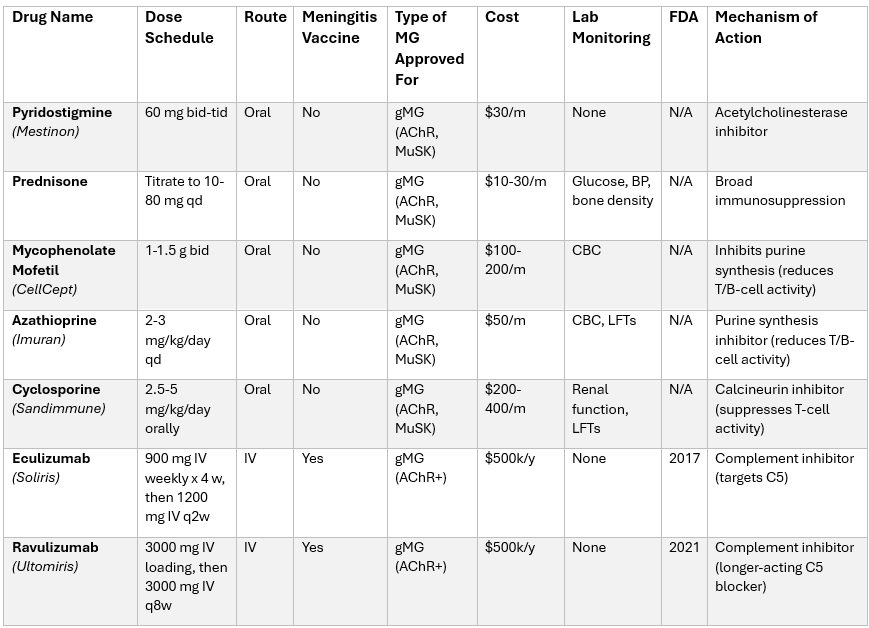Makindo Medical Notes"One small step for man, one large step for Makindo" |
|
|---|---|
| Download all this content in the Apps now Android App and Apple iPhone/Pad App | |
| MEDICAL DISCLAIMER: The contents are under continuing development and improvements and despite all efforts may contain errors of omission or fact. This is not to be used for the assessment, diagnosis, or management of patients. It should not be regarded as medical advice by healthcare workers or laypeople. It is for educational purposes only. Please adhere to your local protocols. Use the BNF for drug information. If you are unwell please seek urgent healthcare advice. If you do not accept this then please do not use the website. Makindo Ltd. |
Myasthenia Gravis
-
| About | Anaesthetics and Critical Care | Anatomy | Biochemistry | Cardiology | Clinical Cases | CompSci | Crib | Dermatology | Differentials | Drugs | ENT | Electrocardiogram | Embryology | Emergency Medicine | Endocrinology | Ethics | Foundation Doctors | Gastroenterology | General Information | General Practice | Genetics | Geriatric Medicine | Guidelines | Haematology | Hepatology | Immunology | Infectious Diseases | Infographic | Investigations | Lists | Microbiology | Miscellaneous | Nephrology | Neuroanatomy | Neurology | Nutrition | OSCE | Obstetrics Gynaecology | Oncology | Ophthalmology | Oral Medicine and Dentistry | Paediatrics | Palliative | Pathology | Pharmacology | Physiology | Procedures | Psychiatry | Radiology | Respiratory | Resuscitation | Rheumatology | Statistics and Research | Stroke | Surgery | Toxicology | Trauma and Orthopaedics | Twitter | Urology
🔗 Related Subjects: | 💪 Myasthenia Gravis | ⚡ Lambert-Eaton syndrome (LEMS)
😴 Fluctuating, fatigable muscle weakness of eye, bulbar, respiratory, and limb muscles.
| 🚨 Initial Management of Myasthenic Crisis |
|---|
|
📖 About
- 🧬 Myasthenia Gravis (MG) is an autoimmune disorder where antibodies target nicotinic acetylcholine receptors, causing fatigable weakness.
🧪 Aetiology
- 🔑 90% have anti-AChR antibodies.
- 🦠 Anti-MuSK antibodies in some AChR-negative patients.
- 🏹 Anti-Titin & anti-RyR often seen with thymomas.
- 🧨 Pathology: complement-mediated damage → ↓ ACh receptors → impaired neuromuscular transmission.

🔗 Clinical Associations
- 🦋 Autoimmune: RA, SLE, Sjögren’s, sarcoidosis.
- 🩸 Haematological: pernicious anaemia.
- 🧩 Others: polymyositis, ulcerative colitis, pemphigus.
🧩 Clinical Features
- ♻️ Fluctuating weakness worsens with activity (fatigability).
- 👀 Ocular: diplopia, ptosis (pupil spared).
- 👁️ Cogan’s lid twitch: classic eyelid sign.
- 🫁 Respiratory: may lead to crisis with failure.
- 🍽️ Bulbar: dysphagia, dysarthria, chewing difficulty, abnormal smile.
- ⚠️ Myasthenic crisis: severe respiratory muscle weakness → urgent PLEX/IVIg.
- 🤰 Pregnancy: symptoms often worsen in 1st trimester; neonatal MG possible.

🧾 Differential Diagnosis
- ⚡ Lambert-Eaton Myasthenic Syndrome (LEMS).
- ☠️ Botulism.
- 💊 Drug-induced (penicillamine, aminoglycosides).
- 🧿 Chronic Progressive External Ophthalmoplegia (CPEO).
🔎 Investigations
- 🧪 Anti-AChR antibodies (90%).
- 🧪 Anti-MuSK if AChR negative.
- ⚡ Neurophysiology: RNS or SFEMG → impaired transmission.
- 💉 Tensilon (edrophonium) test → transient improvement.
- 🧊 Ice pack test → improves ptosis.
- 🫀 Chest CT/MRI → thymoma screening.
- 🦋 TFTs → check for thyroid disease.
❓ Key Diagnostic Questions
- Is the patient AChR or MuSK seropositive/seronegative?
- Is a thymoma present?
- Ocular or generalised symptoms?
- Could this be congenital MG?
🚫 Drugs to Avoid in MG
| Drug | Mechanism |
|---|---|
| 💊 Aminoglycosides, Phenytoin, Lignocaine, Beta-blockers, Quinidine | ↓ ACh release at neuromuscular junction |
| 💊 Penicillamine | Induces AChR antibodies |
| 💊 Lithium | Causes MG-like weakness |
💊 Medications in MG

🛠️ Management
- 💊 Pyridostigmine: 30–60 mg PO q4h; adjust to symptoms.
- 🧴 Prednisolone: dose escalation; esp. effective in MuSK+ disease.
- 🧬 Immunosuppressants: azathioprine, mycophenolate, methotrexate, cyclosporine.
- 🧪 Refractory MG: IVIg, plasmapheresis, rituximab.
- 🔪 Thymectomy: for all MG with thymoma; improves long-term disease control.
- 🚑 Crisis: IVIg or plasmapheresis urgently.
- 🤰 Pregnancy: pyridostigmine safe; steroids if required; avoid teratogenic immunosuppressants.
- 🚫 Avoid MG-worsening drugs (aminoglycosides, tetracyclines, phenytoin, penicillamine).
📚 References
Cases — Myasthenia Gravis (MG)
- Case 1 — Ocular Myasthenia 👁️: A 28-year-old woman reports drooping of her right eyelid that worsens by evening and double vision after prolonged reading. Exam: fatigable ptosis and ophthalmoparesis. No limb weakness. Diagnosis: Ocular myasthenia gravis. Management: Pyridostigmine (acetylcholinesterase inhibitor); monitor for progression to generalised MG; immunosuppressants if refractory.
- Case 2 — Generalised MG with Bulbar Symptoms 🗣️: A 45-year-old man presents with fluctuating limb weakness, nasal speech, and difficulty swallowing, especially late in the day. Exam: fatigable proximal weakness, weak neck flexion, and reduced palatal movement. Diagnosis: Generalised MG with bulbar involvement. Management: Pyridostigmine; immunosuppression (prednisolone, azathioprine); screen for thymoma with CT chest; MDT support (speech and physio).
- Case 3 — Myasthenic Crisis in ICU ⚠️: A 52-year-old woman with known MG develops pneumonia and acute worsening weakness, now with difficulty speaking and shallow breathing. Exam: weak cough, reduced vital capacity. Diagnosis: Myasthenic crisis precipitated by infection. Management: Admit to ICU; ventilatory support if needed; IV immunoglobulin or plasma exchange; optimise infection treatment; adjust long-term immunotherapy.
Teaching Commentary 🧠
Myasthenia gravis is an autoimmune disorder of the neuromuscular junction, usually due to antibodies against the ACh receptor (AChR) or MuSK. Hallmarks: fluctuating, fatigable weakness, classically ocular (ptosis, diplopia), bulbar (dysarthria, dysphagia), and proximal limb/neck. Reflexes and sensation remain intact. Red flags: myasthenic crisis with respiratory weakness — life-threatening. Dx: AChR/MuSK antibodies, EMG (decrement on repetitive stimulation), CT chest (thymoma). Rx: Pyridostigmine, steroids/immunosuppressants, IVIG/plasma exchange for crisis, thymectomy if thymoma. Avoid drugs that worsen MG (aminoglycosides, beta-blockers, magnesium).